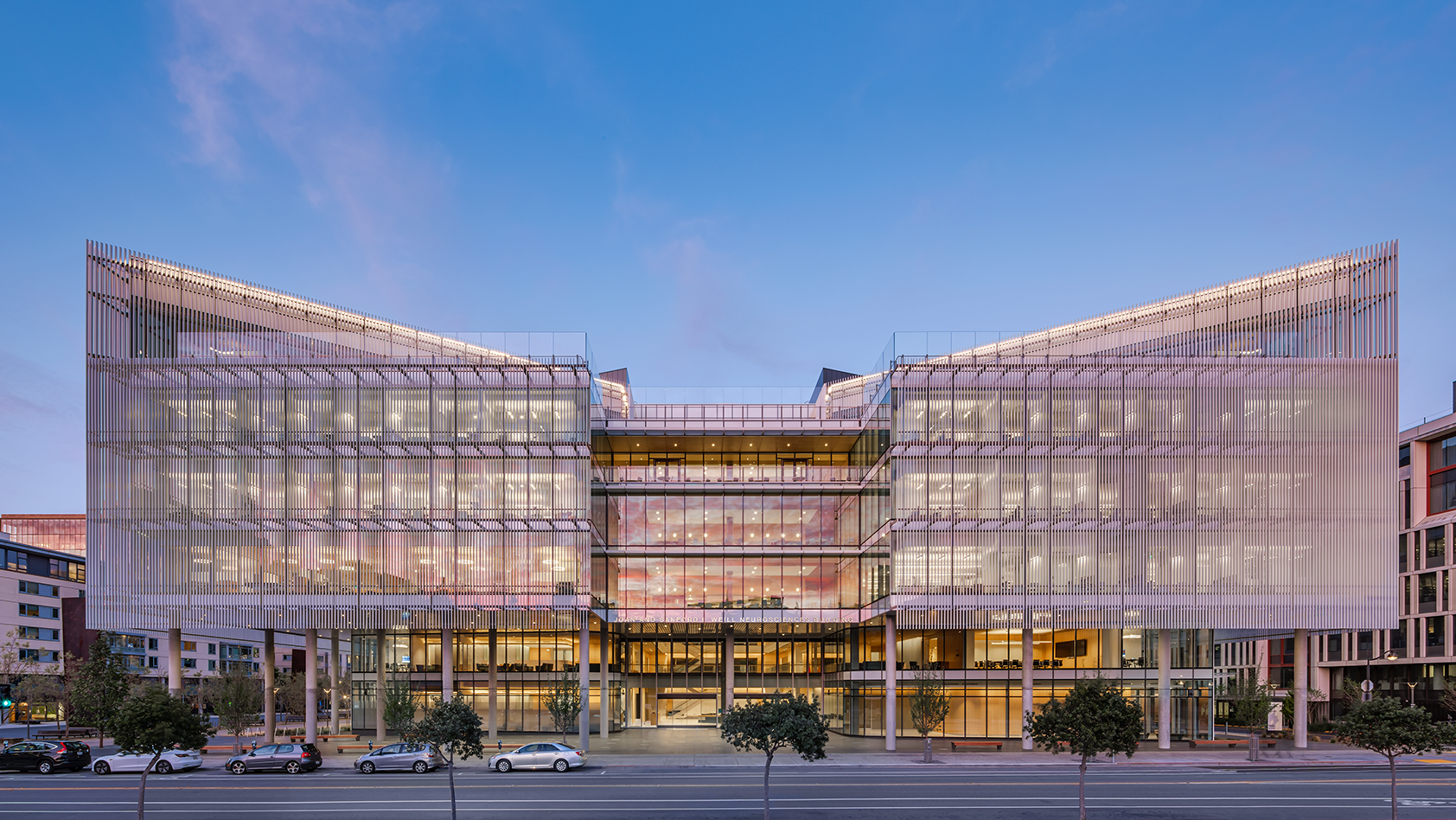THE PROBLEM
Commercial buildings are frequently delivered with control systems that are incomplete, create a poor experience for occupants and operators, or, at best, lock owners into a high-cost operating condition.
Owners with large portfolios of buildings end up with different technology systems that don’t speak a common language and are difficult to manage cost effectively at an enterprise level.
Workers don’t want to commute to places where the office technology doesn’t enhance their workflow. Patients don’t feel safe in healthcare facilities that can’t reliably control indoor air quality. Students and faculty don’t want to learn and teach in classrooms and labs that don’t support state-of-the-art research. And investors aren’t interested in properties without a decarbonization plan backed by energy and environmental data analytics.
WHY IT HAPPENS
Control systems are often under-designed for both new construction and retrofit projects. Instead, the process is driven by a procurement method that pushes responsibility and risk down to the technology vendors. As a result, buildings end up with whatever control system and hardware the preferred vendor was selling at that time and in that geographic region. That would not necessarily be a bad thing if it weren’t for the fact that it creates a huge disconnect between owner/occupant requirements and system performance.
It can be difficult to fully design the controls early in the project design phase. Broad building performance requirements must be transformed into specific, measurable standards and specifications. The specifications must account for rapid rates of change and innovation in technology by the time construction is in full swing. Common communications protocols and data schema must be selected and enforced. It is easier to say, “let the vendor take care of that”.
Unfortunately, when the controls contractor or vendor arrives on site, they are often left to guess at what the owner wants or forced to cause delays and cost overruns to get clarity at the 11th hour of the construction process. The owner and general contractor are left with no basis for holding the team accountable to deliver systems that are fully programmed, integrated and optimized.
THE SOLUTION
A Performance Delivery process for all building controls and technology can overcome these challenges and offer a winning experience for all stakeholders.
This process is defined by the following new steps:
- Express owner functional requirements as standards and acceptance criteria, with the acceptance criteria written into the contracts
- Produce detailed design docs, operating sequences and specifications for the building network, controls, technology systems
- Engage with the owner’s IT teams to harmonize network architectures and protocols and to incorporate enterprise cybersecurity requirements
- Bench-test systems prior to installation such that programming, communications protocols and firmware are verified prior to the systems being approved for installation
- Use data analytics during the construction phase to provide visibility to systems progress/ readiness, enable a data-driven connected commissioning process, and provide a source of truth for when the systems are complete and can be formally accepted
- Provide warranty phase support and training on the analytics rules and open data infrastructure to the O&M team
Valuable benefits of this solution include:
- The detailed controls design enables competitive bidding of the hardware systems
- Change orders and schedule delays are dramatically reduced by the increased visibility and accountability enabled by bench testing and analytics
- Owners get standardized systems interfaces and enterprise functionality across their portfolio of buildings; individual hardware may be supplied by a variety of vendors, but the systems can be managed and maintained consistently and efficiently
- The occupant and operator experience is excellent from the start
Reach out to marketing@alturaassociates.com if you’d like to learn more about how we have executed this Performance Delivery process with high-performing healthcare, higher education, and office portfolios across the country.

